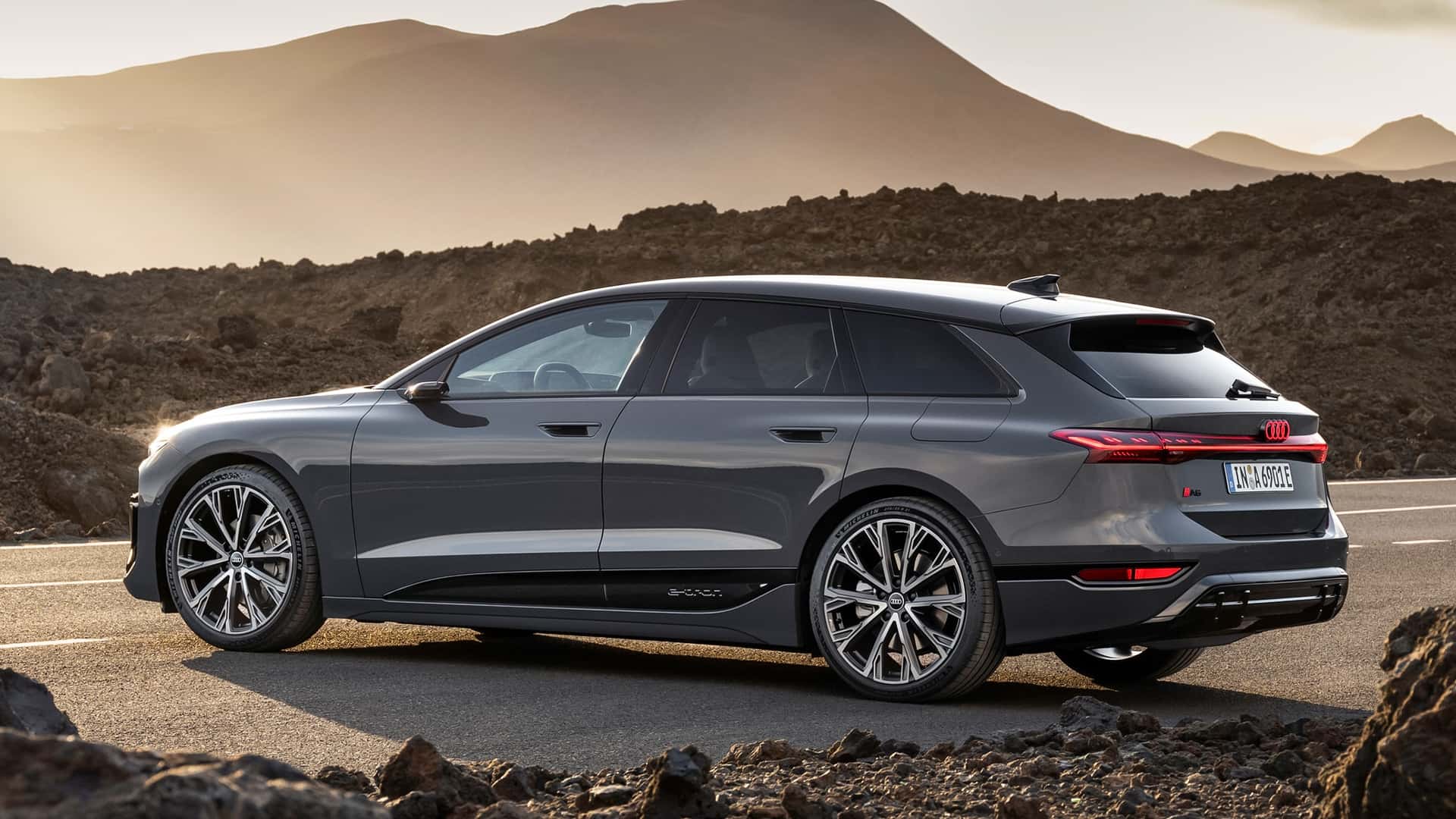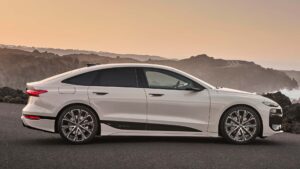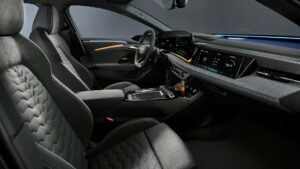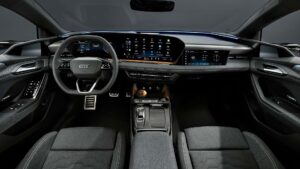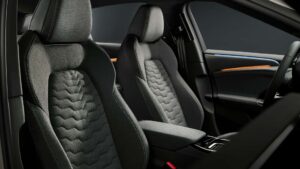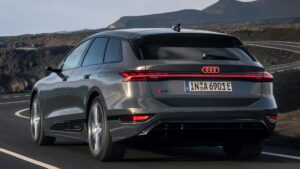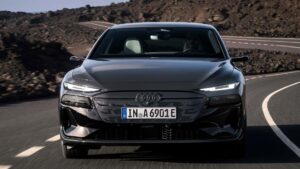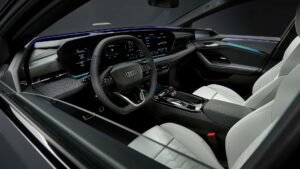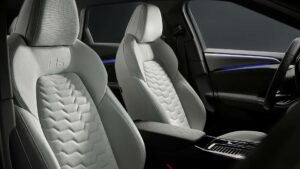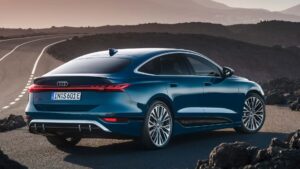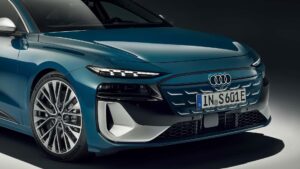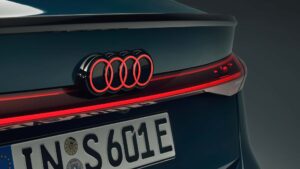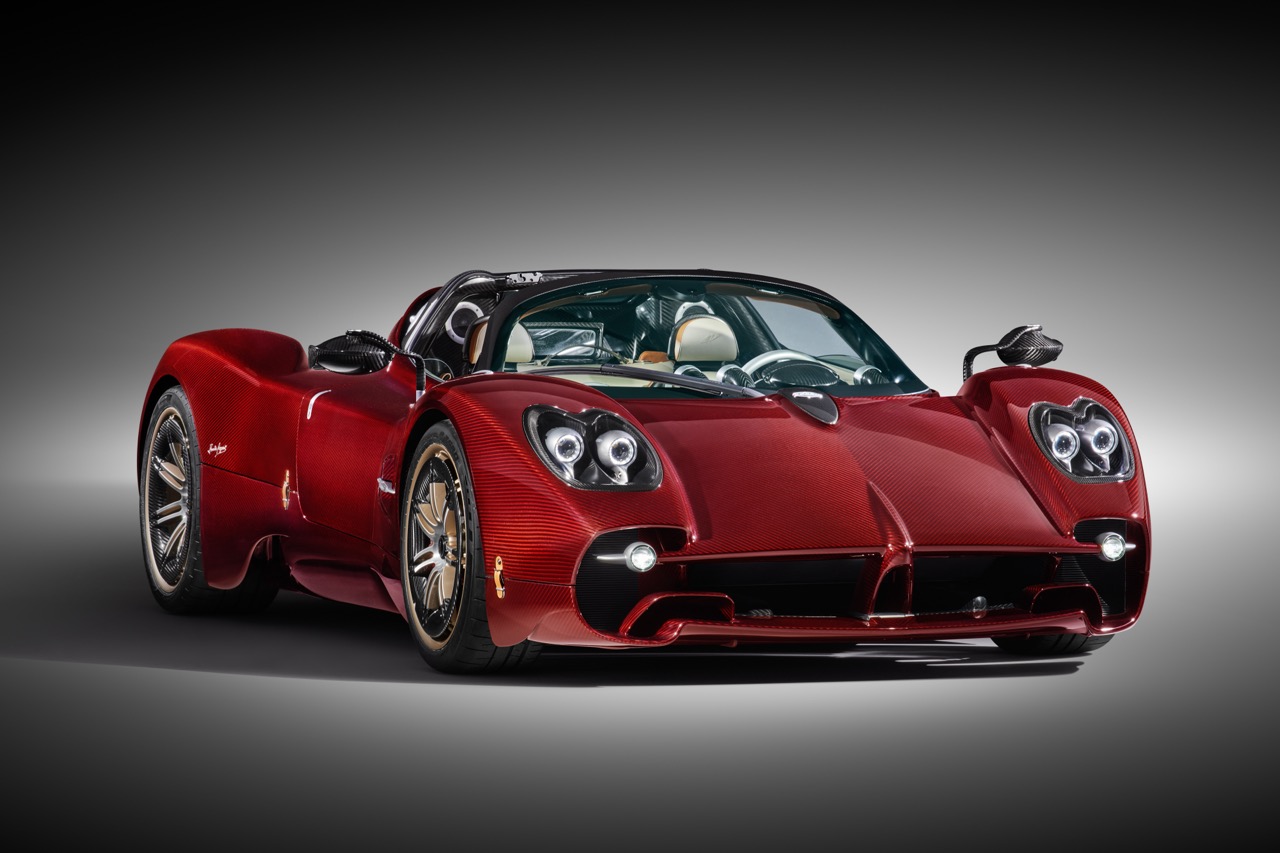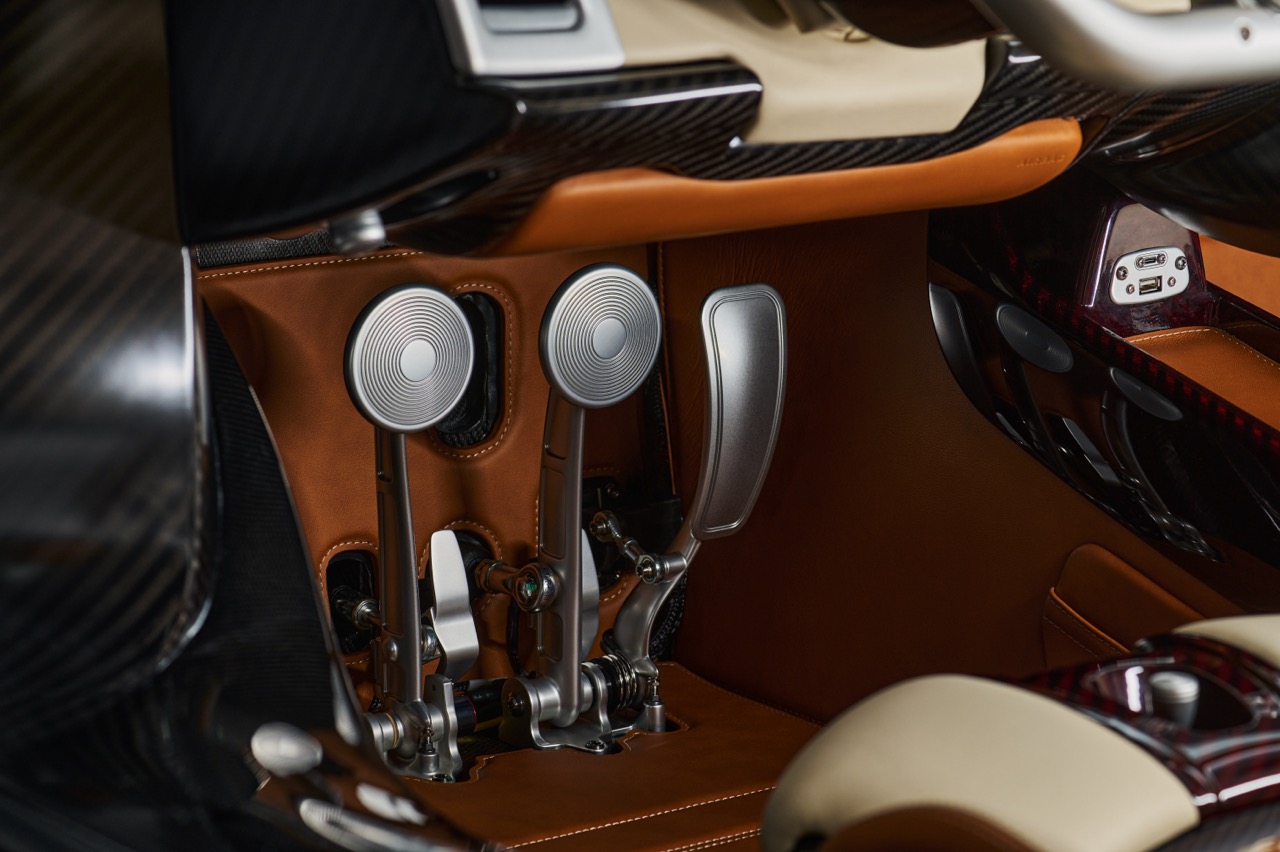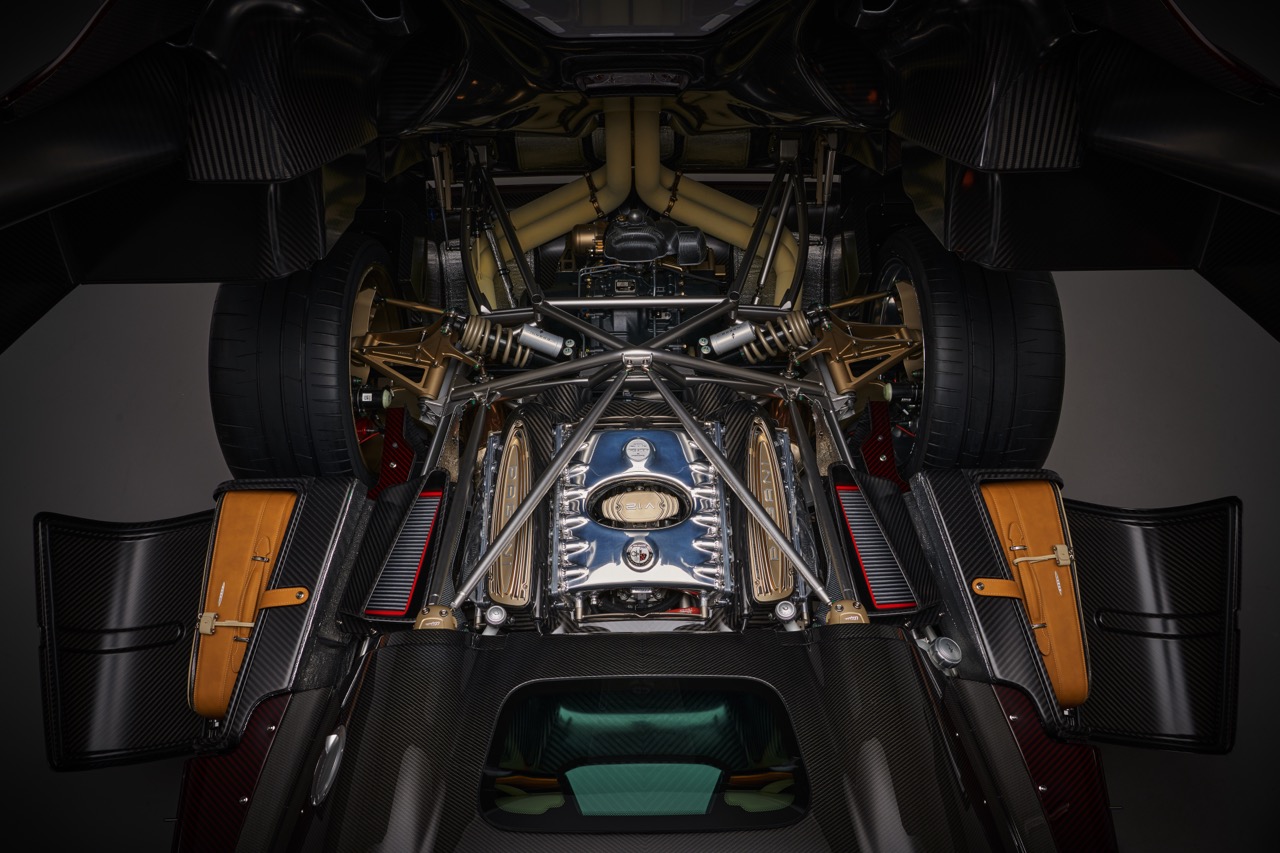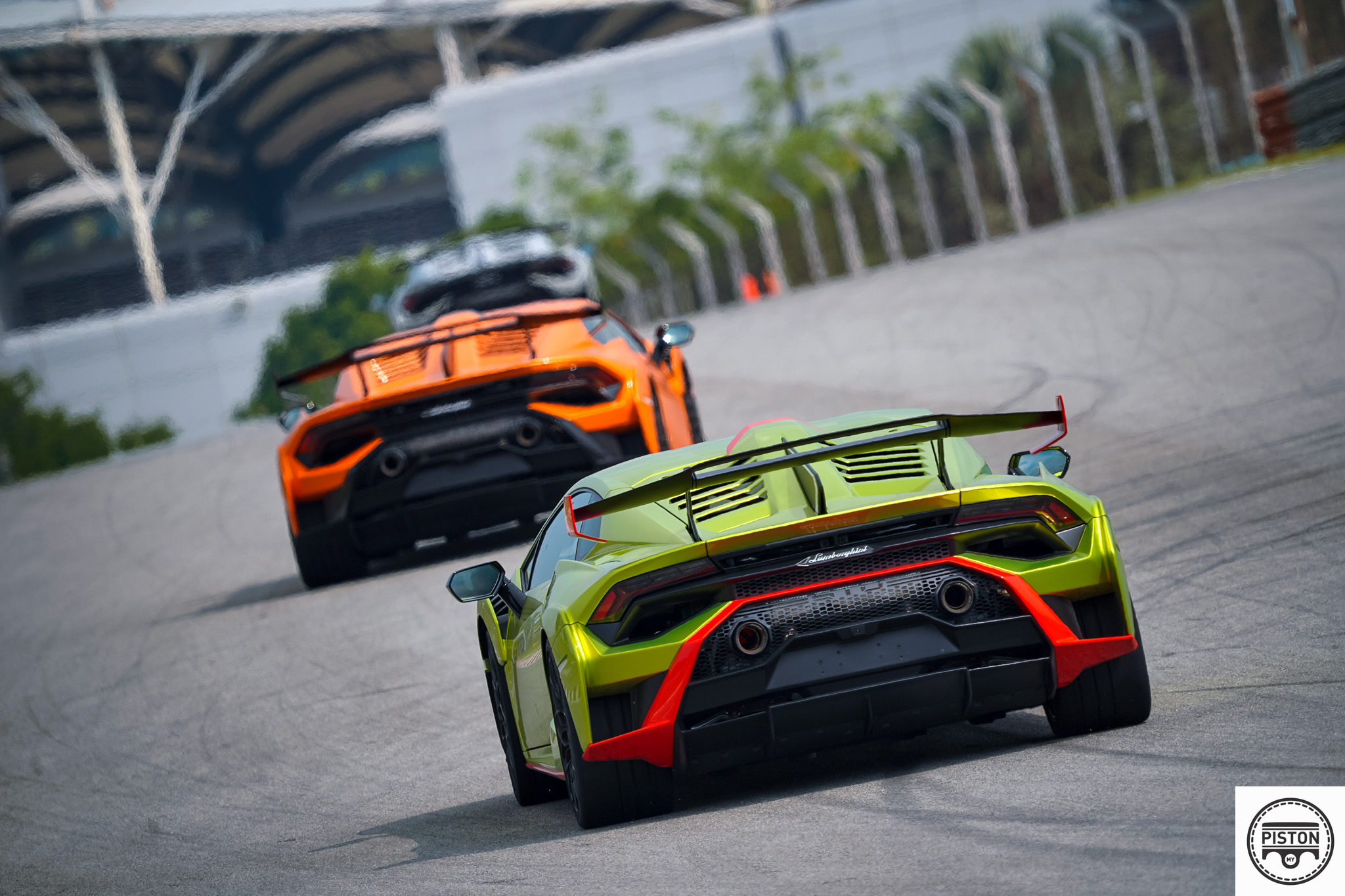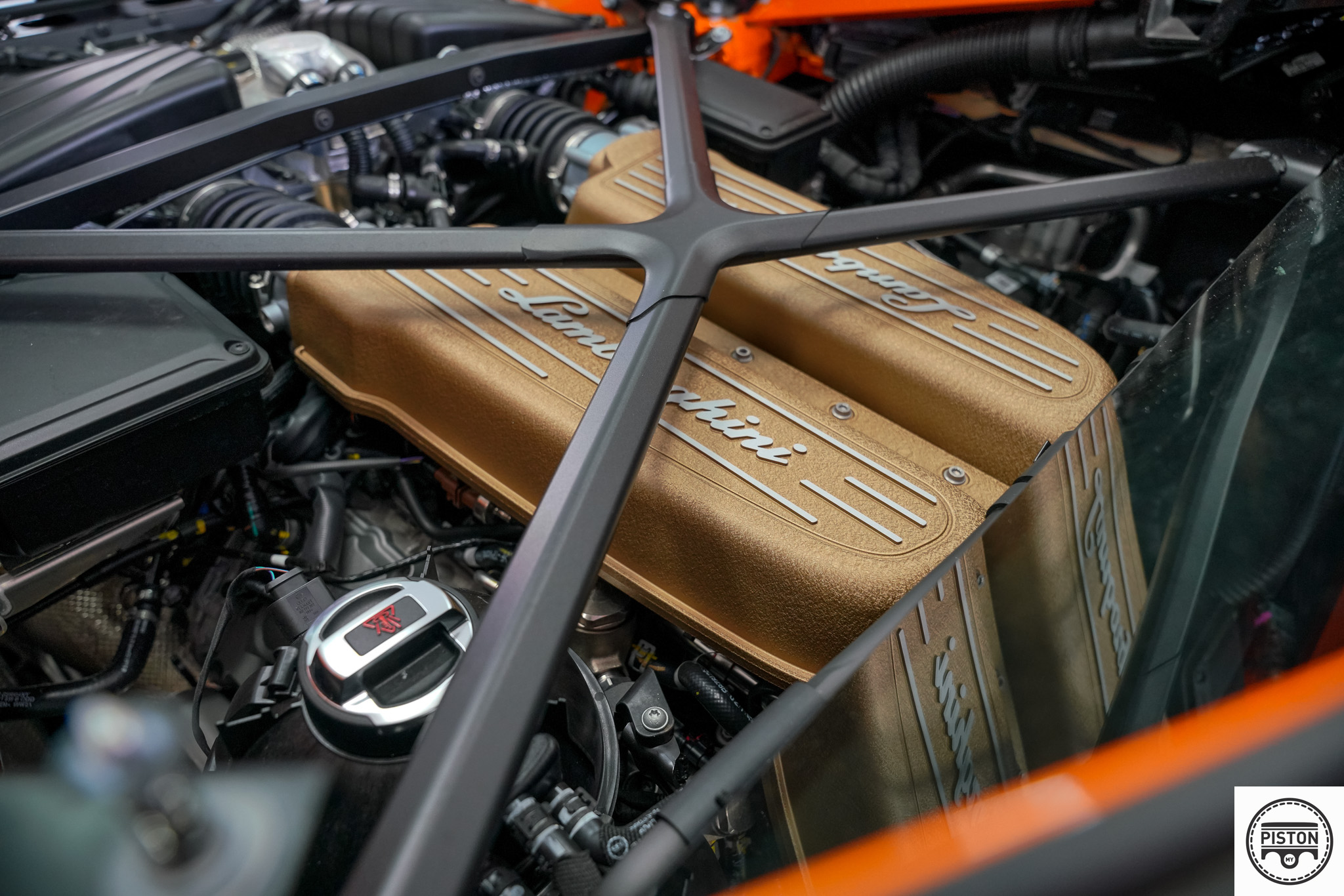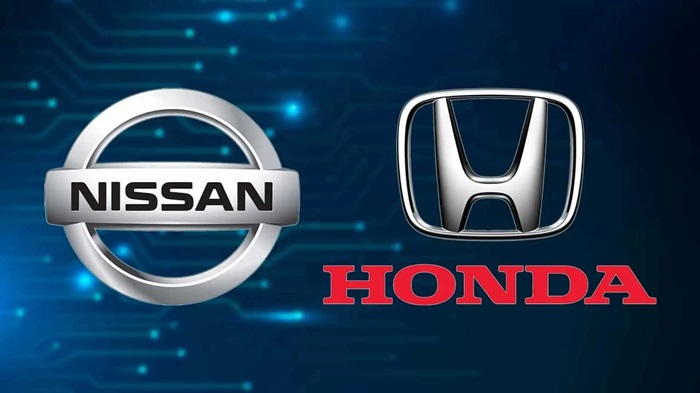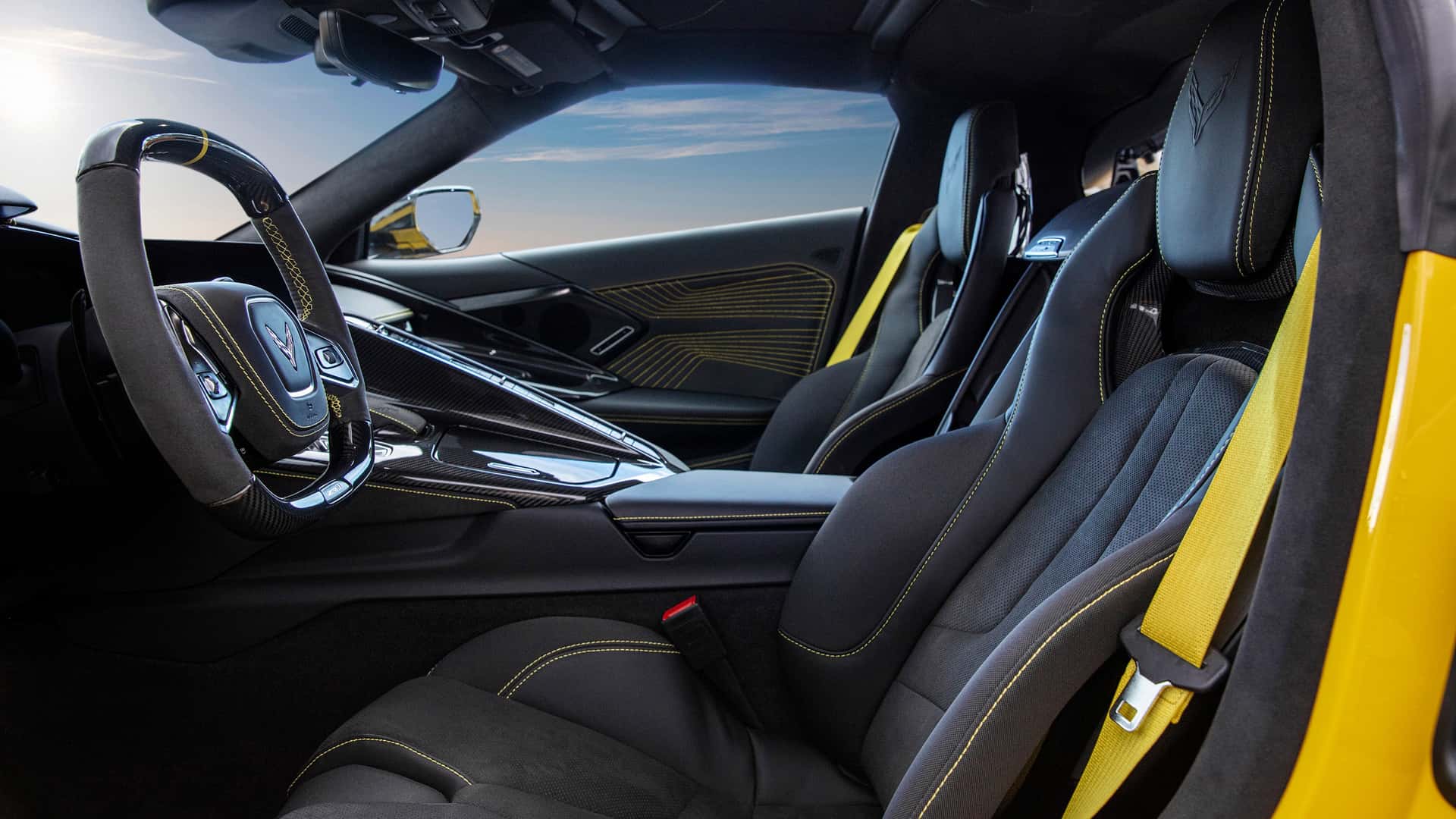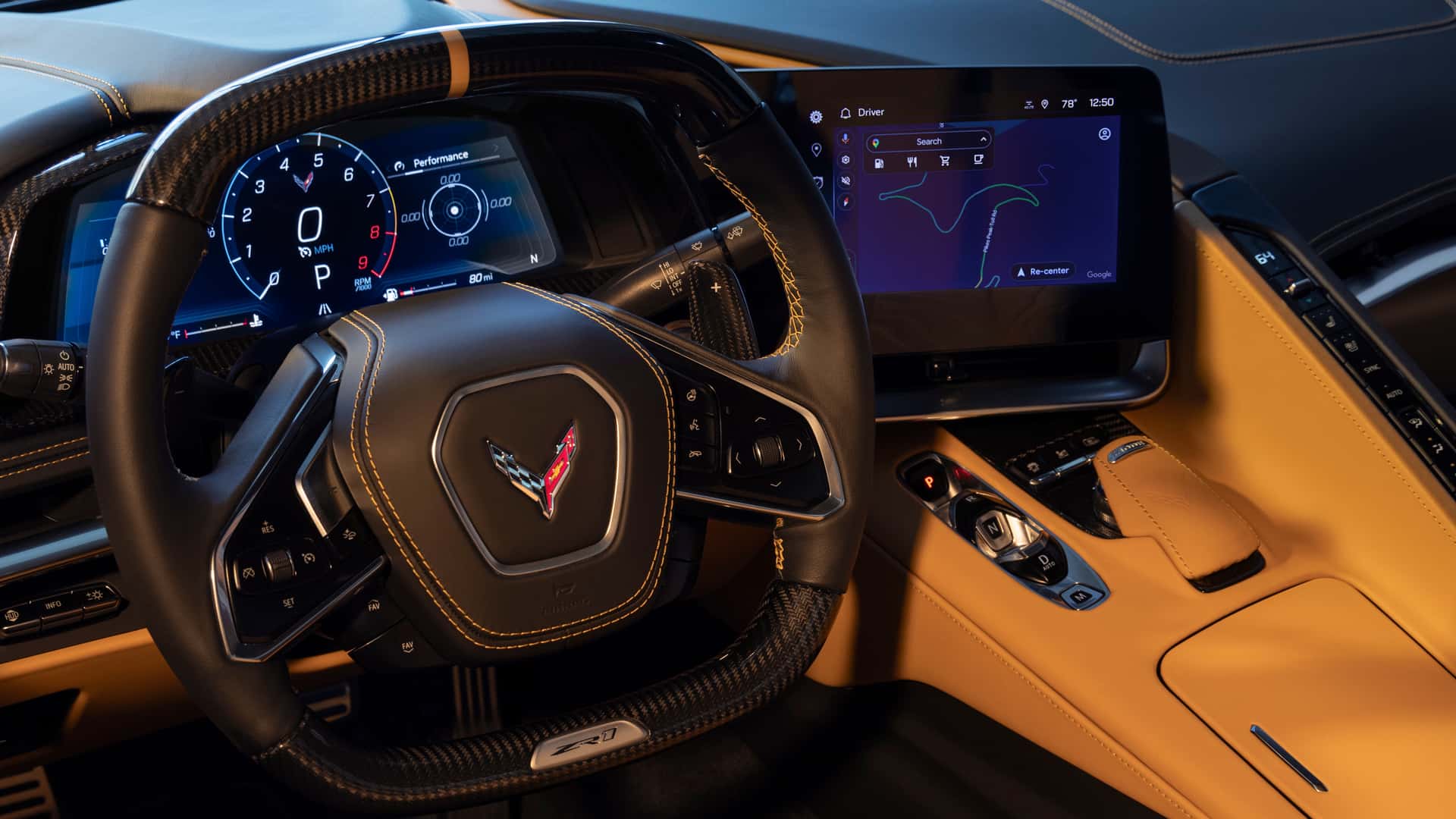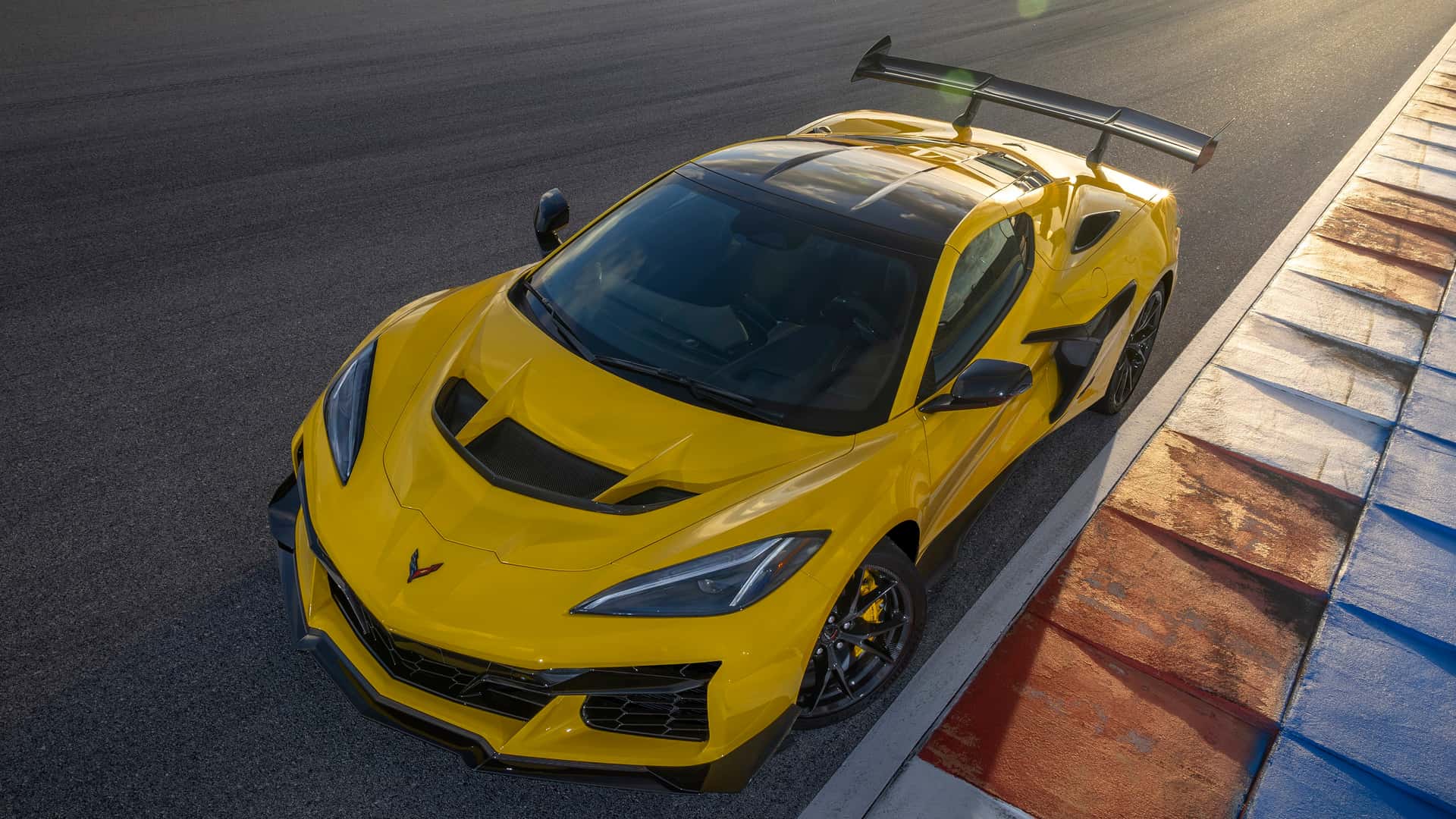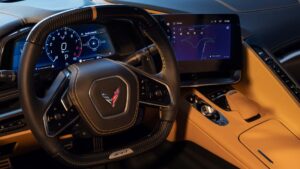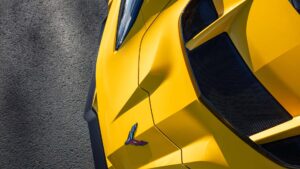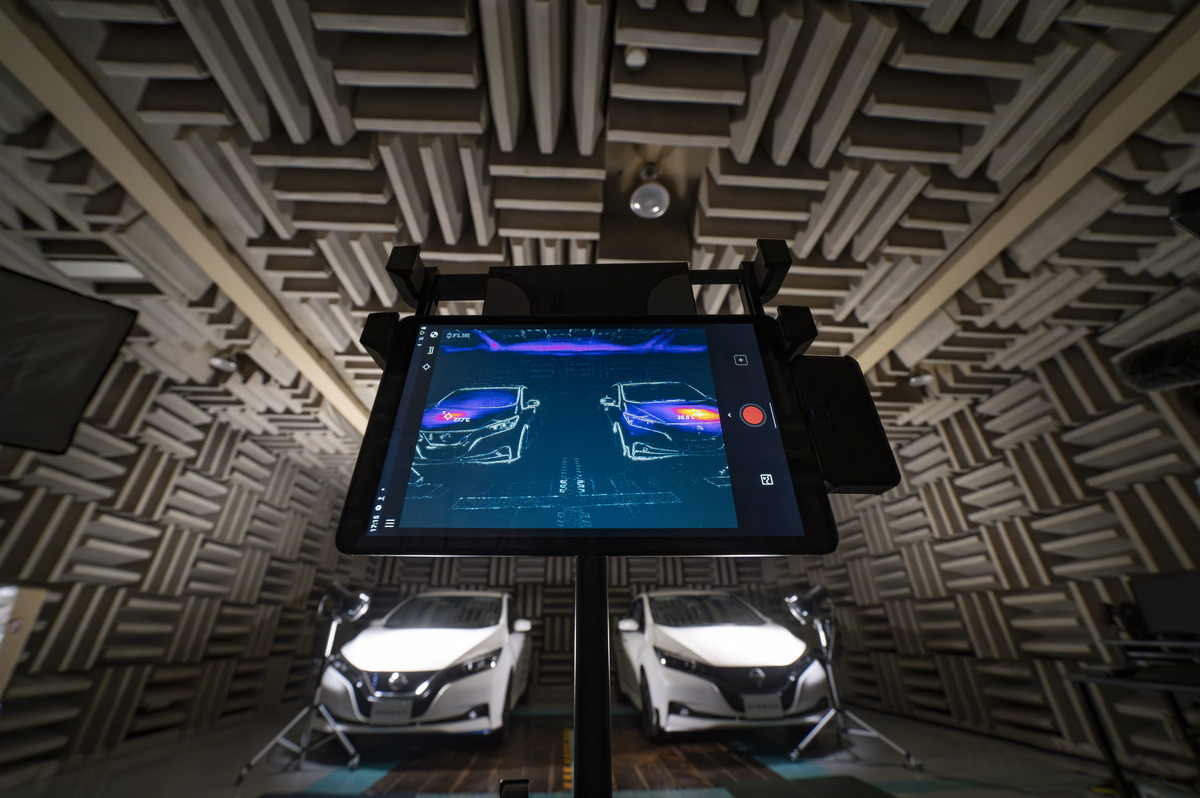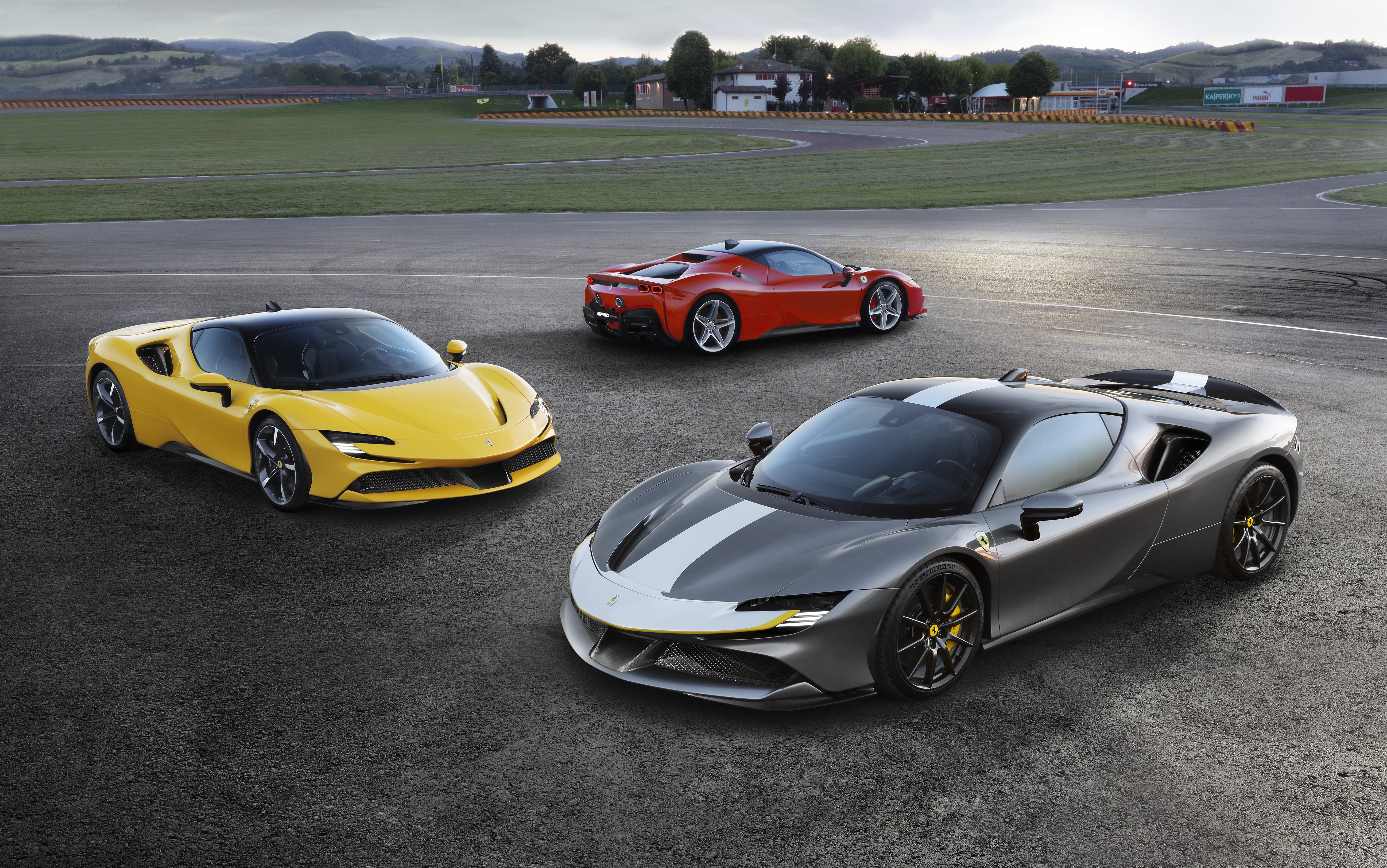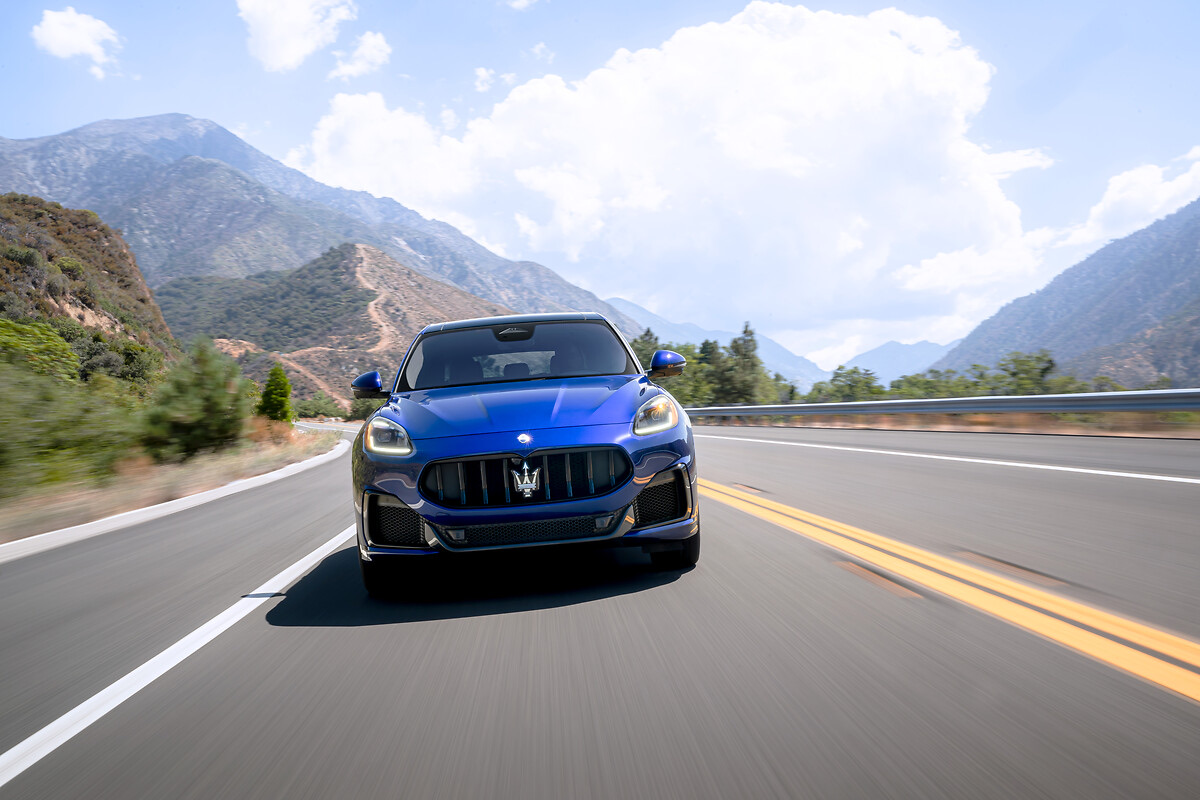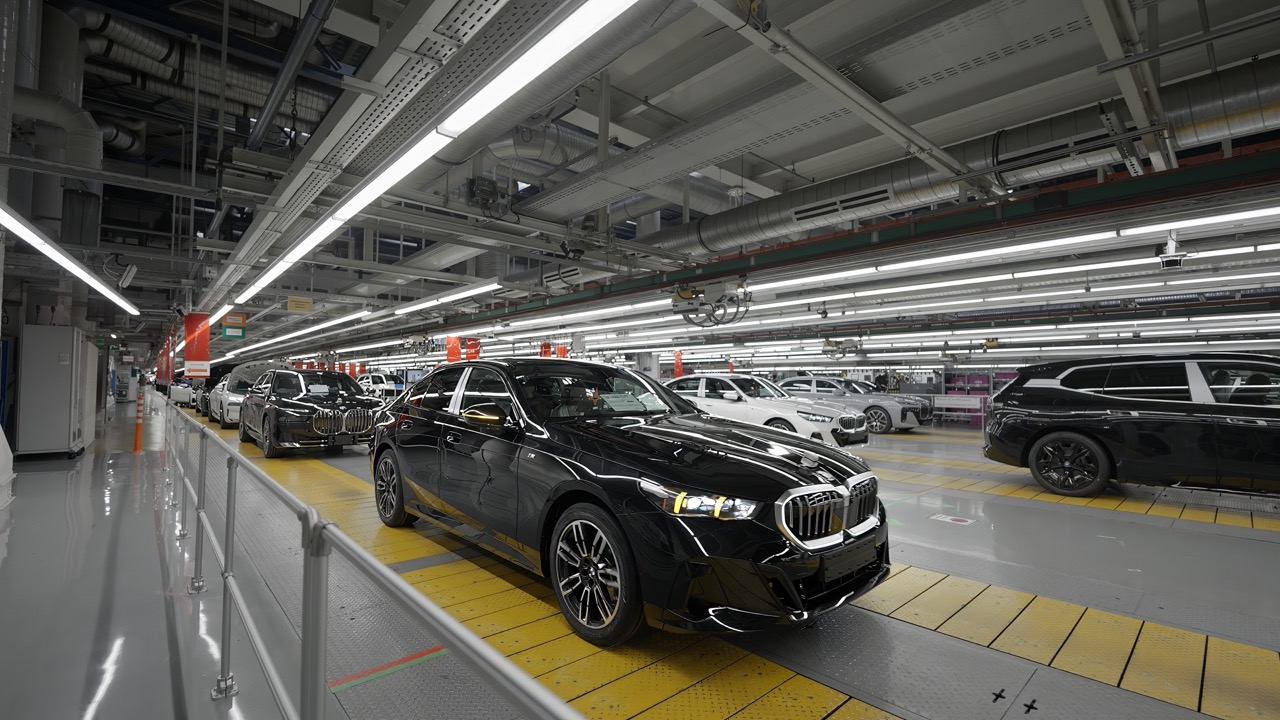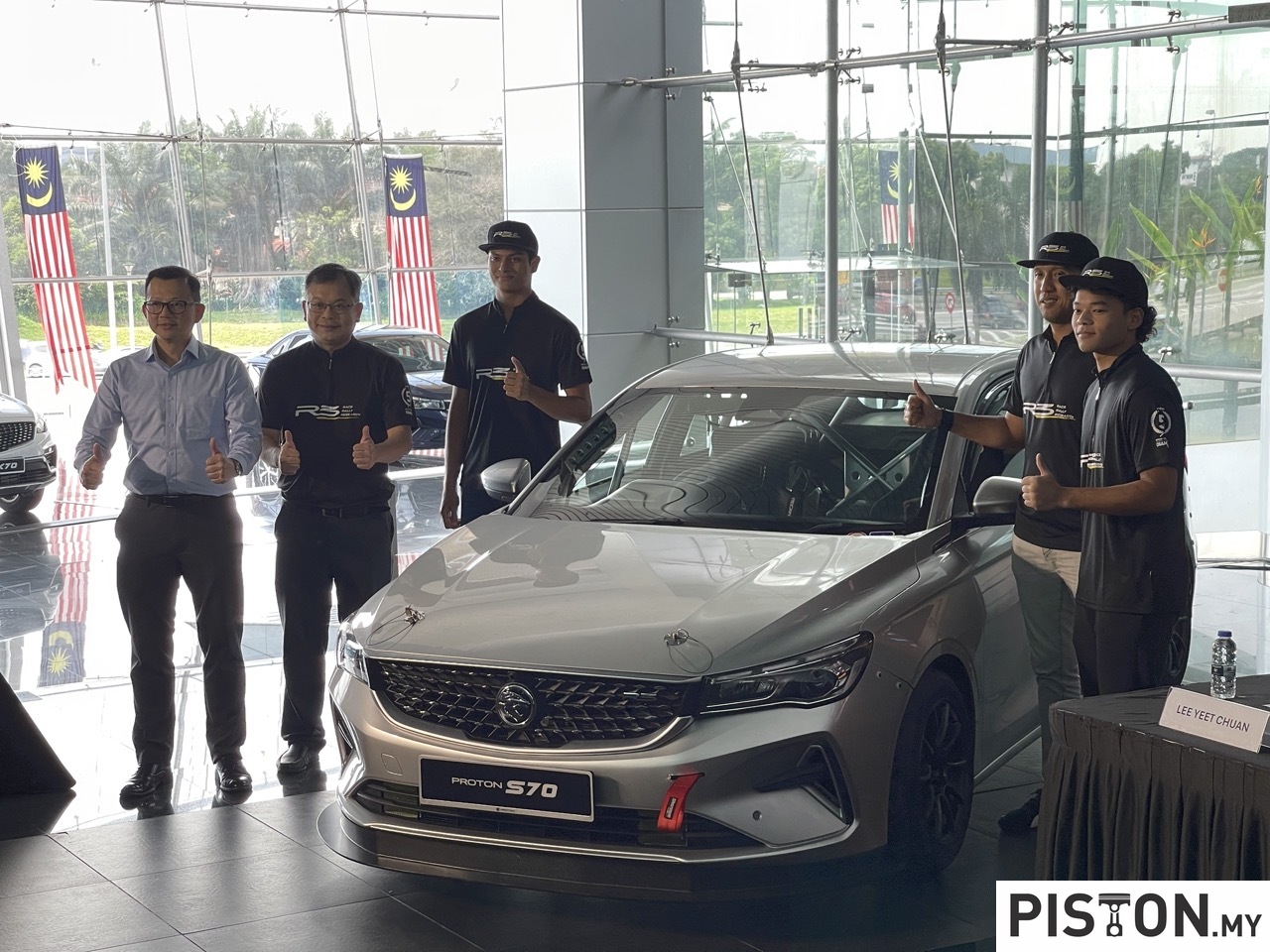The Audi A6 e-tron concept debuted at the Auto Shanghai 2021 trade fair and now, the Audi A6 e-tron is making a significant debut as the first all-electric Audi available in both Sportback and Avant versions, showcasing the new PPE platform. The exterior design of the A6 e-tron features a sleek, dynamic roofline and a wide, expressive front with slim daytime running lights and a black mask that encloses functional elements. Aerodynamically, the A6 e-tron excels with a drag coefficient of 0.21 for the Sportback and 0.24 for the Avant, thanks to air curtains, a slim greenhouse, and optimised underbody components.
Inside, the A6 e-tron is equipped with innovative features such as a panoramic glass roof with switchable transparency, second-generation virtual exterior mirrors, and a highly advanced MMI panoramic display. It also includes an optional augmented reality head-up display (AR HuD). The car’s infotainment system features an 11.9-inch Audi virtual cockpit, a 14.5-inch MMI touch display, and a 10.9-inch front passenger display. The integration of Android Automotive OS, over-the-air updates, and third-party apps enhances its technological appeal.
In terms of performance, the A6 e-tron offers a range of up to 756km for the Sportback and up to 720km for the Avant. It features 800-volt technology for rapid charging with a maximum capacity of 270kW. The S6 e-tron variant delivers even higher performance, with a top speed of 240km/h and a 0-100km/h acceleration time of 3.9 seconds with a range of up to 675km. The advanced recuperation system and two-stage regenerative braking improve both efficiency and range, while the adaptive air suspension balances comfort and handling.
The A6 e-tron comes with a power output of 362hp and rear-wheel drive, whereas the S6 e-tron offers 496hp and quattro all-wheel drive. Both variants will be available in Sportback and Avant versions at launch, with further models expected to follow depending on the market.
For driver assistance and safety, the A6 e-tron includes comprehensive systems such as adaptive driving assistant plus, park assist plus, traffic sign recognition, and various other driver aids to enhance comfort and safety.
Pricing for the A6 e-tron starts at €75,600 (RM375,960) for the Sportback and €77,250 (RM382,524) for the Avant. The performance-oriented S6 e-tron34 is priced at €99,500 for the Sportback and €101,150 for the Avant. Orders for these models will open in September 2024.
The Audi A6 e-tron aims to combine high performance with advanced technology, aerodynamics, and a luxurious interior, making it a notable entry in the electric vehicle market.
Sportback
Avant
S6 Sportback e-tron










